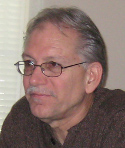William Grover Williams was crazy for cars from an early age. From racing motorcycles he soon graduated to Bugattis. He was called W. Williams when he raced to keep his parents from finding out what he was doing, as they took a dim view of risking your neck in racing cars. He thought of himself as more English than French, as his father was British, and his Bugatti was painted British racing green. He was a winner, and even won the French Grand Prix twice.
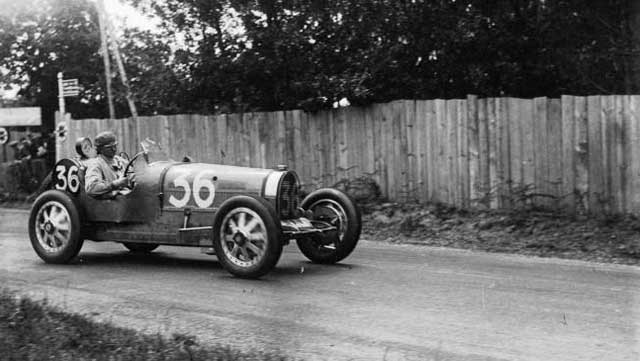
Jean-Pierre Wimille also drove Bugattis. His father loved racing, giving his son his chance to race. He ran his first Grand Prix when he was only 22, and had a successful driving career, also winning the Deauville Grand Prix which killed several of his contemporaries. He won the 24 Hours of LeMans twice, the second time with co-driver Pierre Veyron.
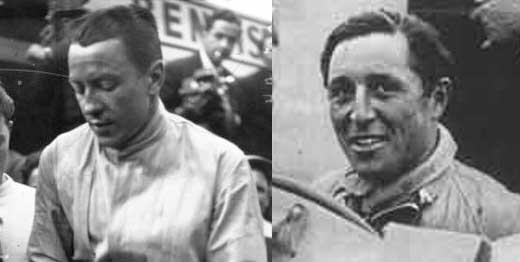
Robert Benoist was a co-driver with Jean-Pierre Wimille when they won the 1937 LeMans race in a Bugatti Tank, so called from it's aerodynamic enclosed bodywork. After this race he retired from racing, but ran Bugatti's racing department.
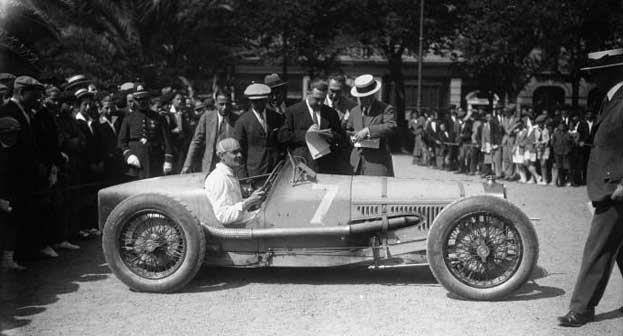
Pierre Veyron wanted to be an Engineer. His friend Albert Divo talked him into a race car one day, and he never looked back. He soon went to work for Bugatti as a driver and a developement engineer, combining his passion for race cars with engineering.
These men were used to risking their lives in over powered French hotrods, with skinny tires and lousy brakes. When war brought France to it's knees, all these men ended up in the French Resistance together.
When war broke out, Benoist and Wimille joined the French Air Force, which only lasted a short time. Williams barely escaped to England, joining the Royal Army Signal Corps, but was soon culled from the herd to form a resistance group sponsored by the SOE, the famed British Special Operations Executive, and was soon air dropped into France to form an underground resistance cell. Williams was on his own immediately, as the Germans were especially good at hunting resistance members, and had numbers of double agents in place. All his previous contacts killed or arrested, Williams tracked down Robert Benoist to help him start a new cell, known as "Chestnut". Their Bugatti contacts came in handy, as the factory lent them lorries to smuggle guns and munitions from airdrop sites to safehouses. They also orchestrated sabotage to the Citroen plants and were successful in the Paris region till the end of July, 1943, when the Gestapo closed in and severely disrupted the Paris networks. Williams was captured, but Benoist escaped to England by the slimmest margin.
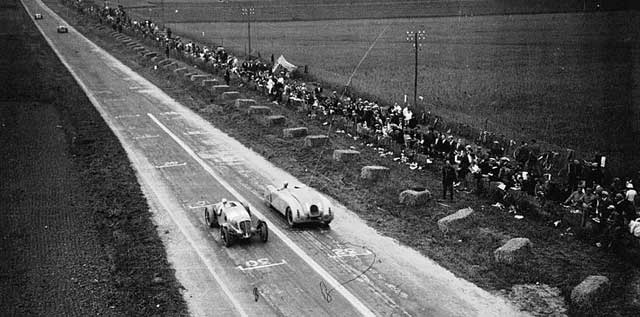
Benoist was dropped back into France at least twice, the second time he was teamed up with Jean-Pierre Wimille, but Benoist was captured soon after D-Day. Wimille made his escape with the Gestapo on his tail, the cars in the street blocking their shots till Wimille finally made it to a stream, staying submerged with only his nose up for air, till the Gestapo moved on. Veyron also escaped being captured, as did most of the Chestnut cell, to continue their activities.
Williams was interrogated fiercely by the Gestapo, as only they can do, but is said to have given nothing or no one away. He was executed in 1945 after a stay at Sachsenhausen concentration camp. Benoist eventually landed at Buchenwald, where he was executed. Wimille survived the war and went back to Grand Prix racing, finally being killed in practice for the Buenos Aires GP in 1949. Veyron recieved the Cross of the French Legion of Honor for his service in the Resistance, also returned to racing for a time after the war. He died in 1970 to probable obscurity, except for the fact that the newest Bugatti, the Veyron, is named for him.
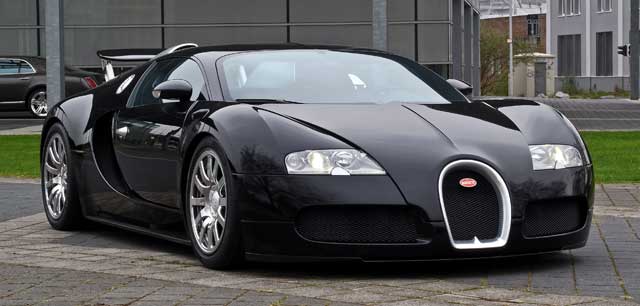
The Bugatti Veyron by Wikimedia contributor M-93

